Freischneidermesser für unterschiedlichste Arbeiten
Freischneidermesser für unterschiedlichste Arbeiten
Mit einem Freischneider werden in erster Linie stark verwilderte Flächen vom Wildwuchs befreit. Es ist aber auch möglich, mit dem Freischneider gepflegte Rasenflächen zu bearbeiten. Für nahezu jeden Einsatzzweck gibt es ein entsprechendes Freischneidermesser. Es ist gut zu wissen, welches Messer sich am besten für einen bestimmten Einsatzzweck eignet.
Mit einem 3-Zahnmesser Gras mähen
Wenn normal gewachsenes Gras mit dem Freischneider gemäht werden soll, eignet sich ein 3-Zahnmesser besonders gut für diese Arbeit. Ein solches Messer ist mit drei Schneiden ausgestattet. Diese sind beidseitig geschärft. Das ist sehr vorteilhaft. Sofern das Messer bei der Arbeit stumpf wird, kann es einfach gedreht und weiter benutzt werden. Durch den beidseitigen Schliff verdoppelt sich die Standzeit. Ein 3-Zahnmesser schneidet das Gras sehr sauber. Weder die Grasnarbe noch die Grashalme werden beim Mähen beschädigt. Das Schnittgut kann daher auch als Futter für Tiere verwendet werden. Ist dies nicht gewünscht, lässt es sich einfach zusammenkehren und entsorgen.Ein Dickichtmesser eignet sich für Wildwuchs
Bei uns erhalten Sie auch Messer zur Bearbeitung von Wildwuchs. Diese haben zwei Schneiden und ähneln in etwa einem Rasenmähermesser. Mit solchen Messern lässt sich mühelos Wildwuchs beseitigen. Auch dann, wenn sich schon etwas Gestrüpp im Wildwuchs angesiedelt hat, kann die Fläche mit einem Dickichtmesser bearbeitet werden. Jeder, der schon einmal versucht hat, ein stark verwildertes Grundstück wieder in Form zu bringen weiß, wie schwierig sich dieses Vorhaben gestalten kann. Wird jedoch eines unserer Dickichtmesser dazu genutzt, bedeutet dies eine große Arbeitserleichterung.Mulchmesser eignen sich für natürliche Flächen
Es gibt zahlreiche Flächen, die möglichst naturnah belassen werden sollten. Damit der Wildwuchs auf diesen Flächen nicht ausufert, ist eine regelmäßige Pflege erforderlich. Dazu eignet sich ein Mulchmesser sehr gut. Solch ein Messer schneidet den Bewuchs nicht einfach nur ab, sondern zerkleinert ihn auch größtenteils. Daher kann das Schnittgut bedenkenlos auf der Fläche verbleiben. Im Laufe der Zeit zerfällt das Schnittgut und dient dann wieder als Nahrung für die nachwachsenden Pflanzen. Um einen natürlichen Lebensraum entsprechend zu pflegen, ist ein Mulchmesser unentbehrlich.Worauf ist beim Kauf eines Messers für den Freischneider zu achten?
Besonders wichtig ist das Maß der Bohrung. Im Grunde genommen gibt es nur zwei unterschiedliche Bohrungen an den Messern. Einige weisen eine Bohrung mit einem Durchmesser von 20 Millimetern auf. Diese passen dann auch nur auf Freischneidern, die mit einer 20 Millimeter starken Werkzeugaufnahme ausgestattet sind. Etwas größere Geräte sind mit einer Aufnahme mit einem Durchmesser von 25,4 Millimetern ausgestattet. Auch für diese Geräte bieten wir passende Freischneidermesser an. Es ist also sinnvoll, vorsorglich nachzumessen, welches Messer auf den Freischneider passt.Hammerkauf/Ersatzteile für Gartengeräte/Freischneider Ersatzteile/Freischneidermesser
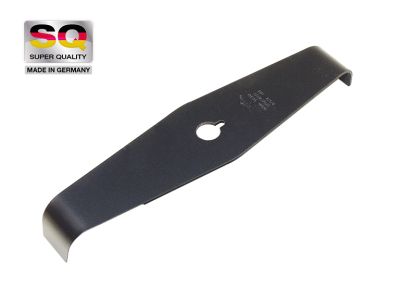
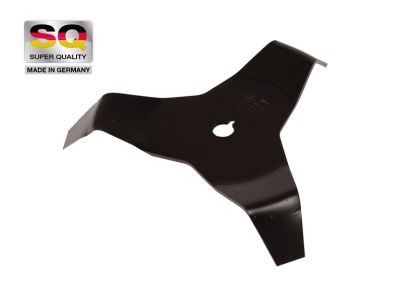
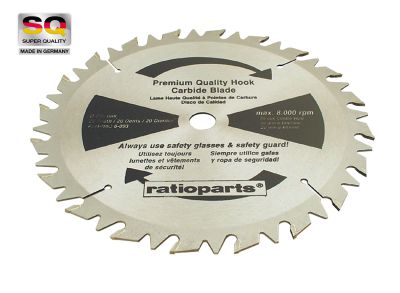
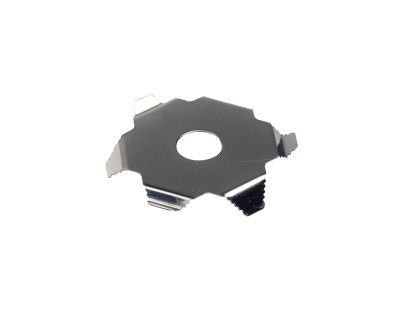
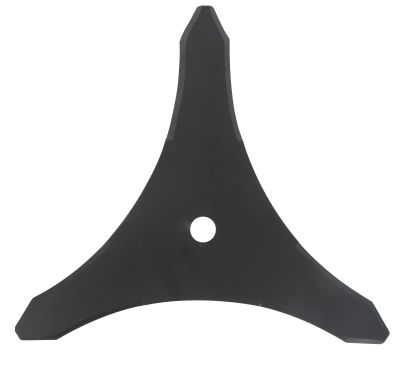
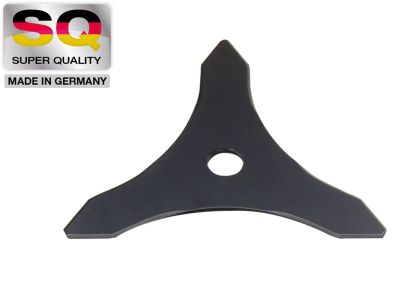
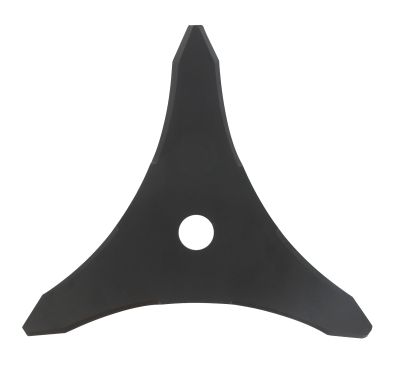
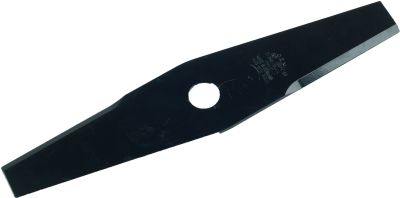
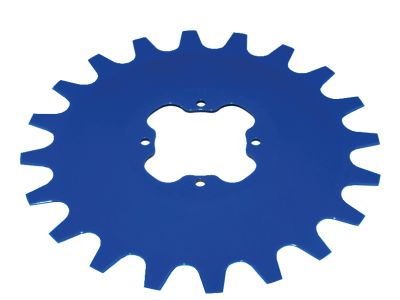
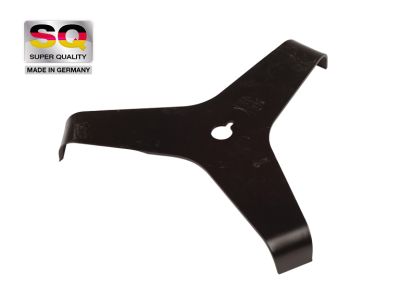
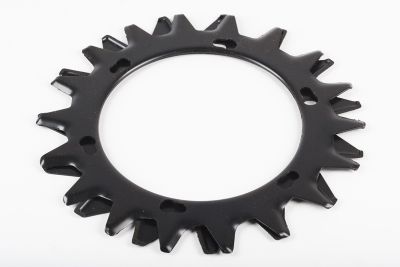
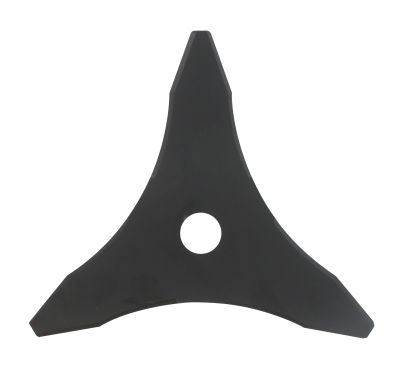
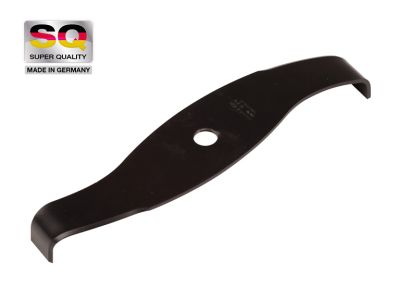
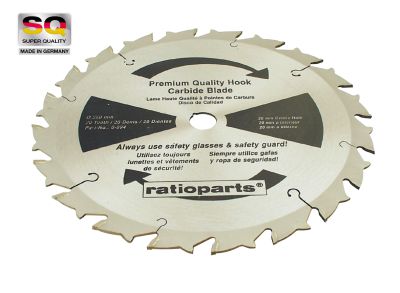
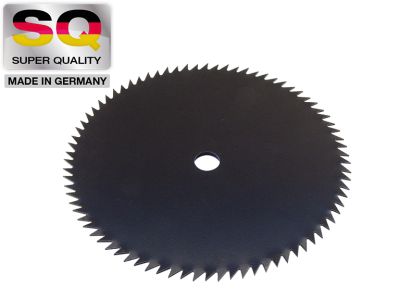
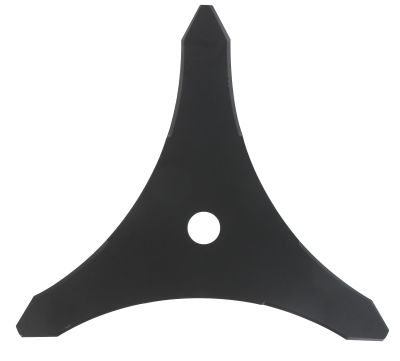
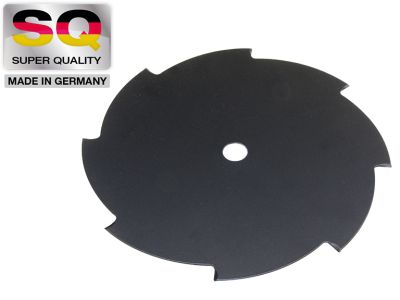


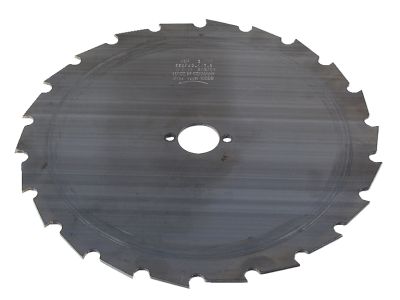
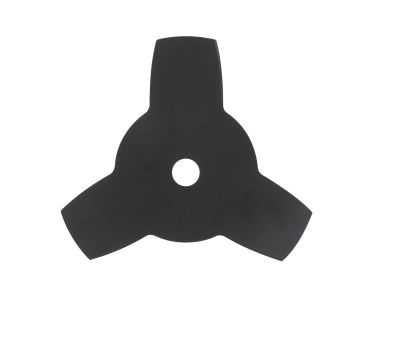
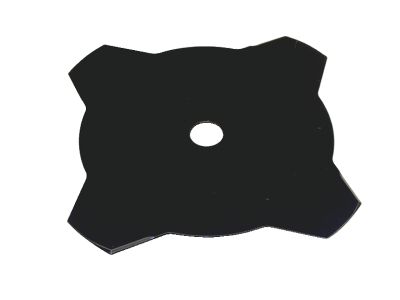

Folge uns auf